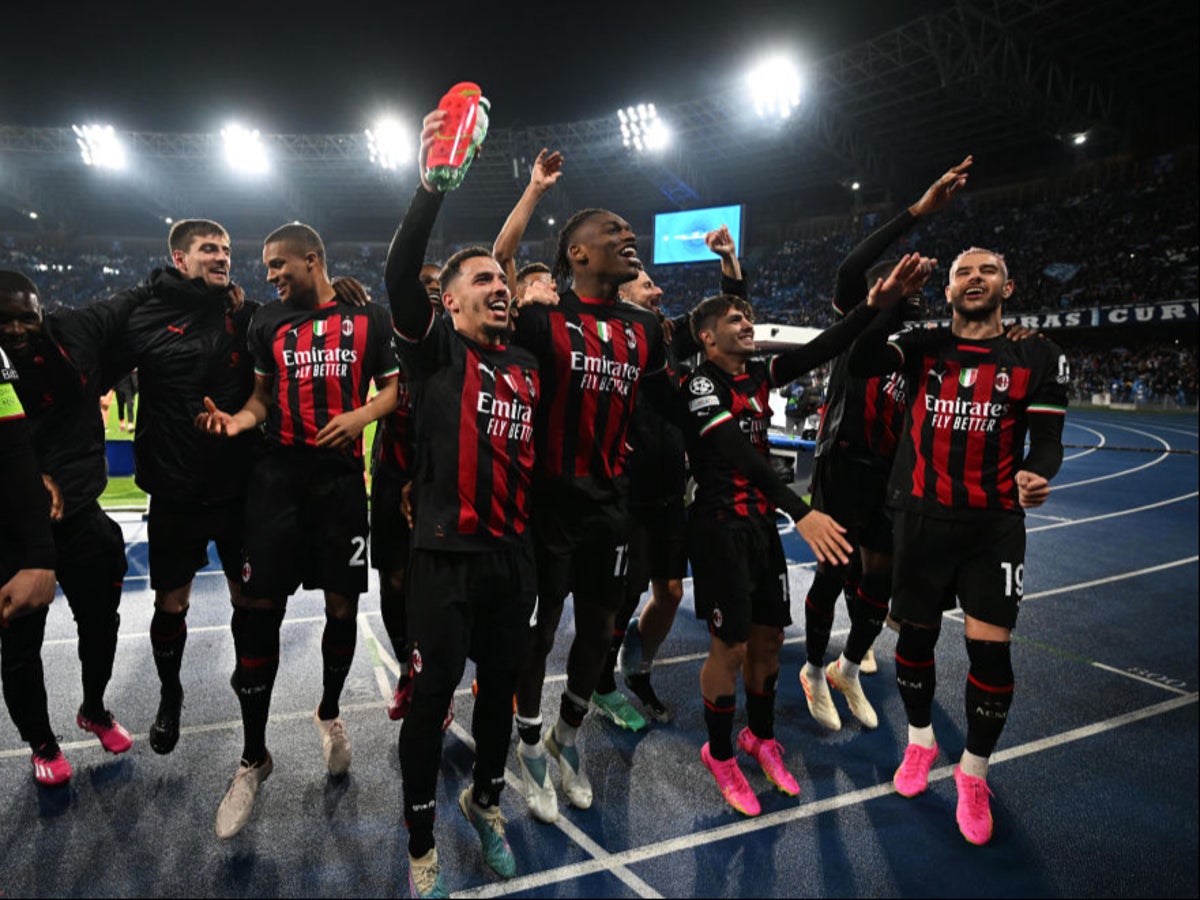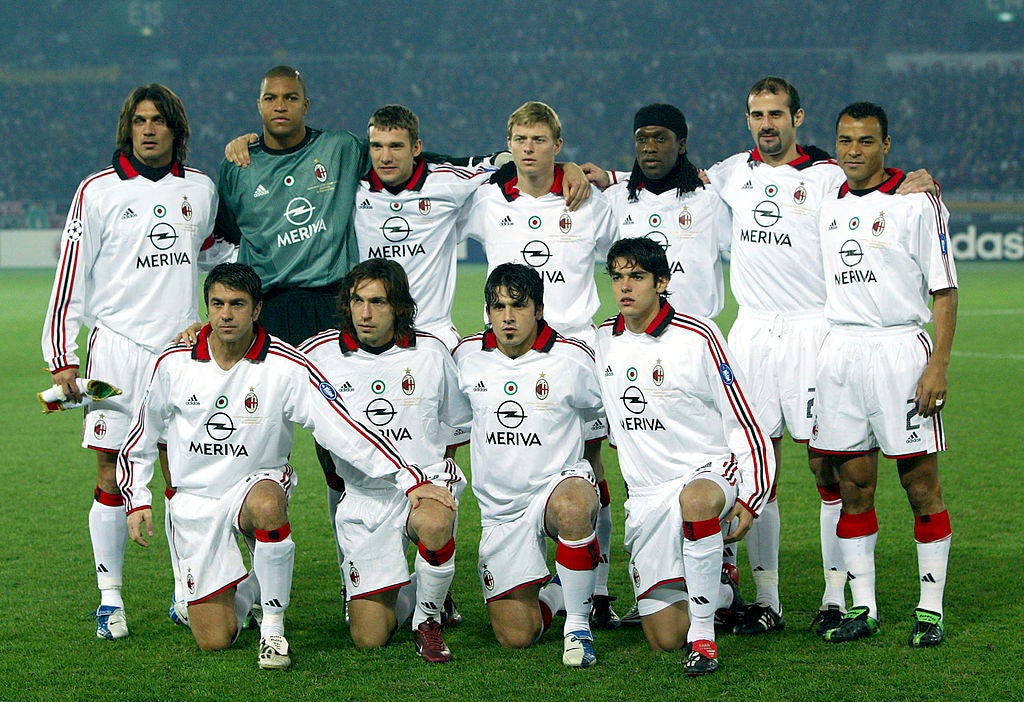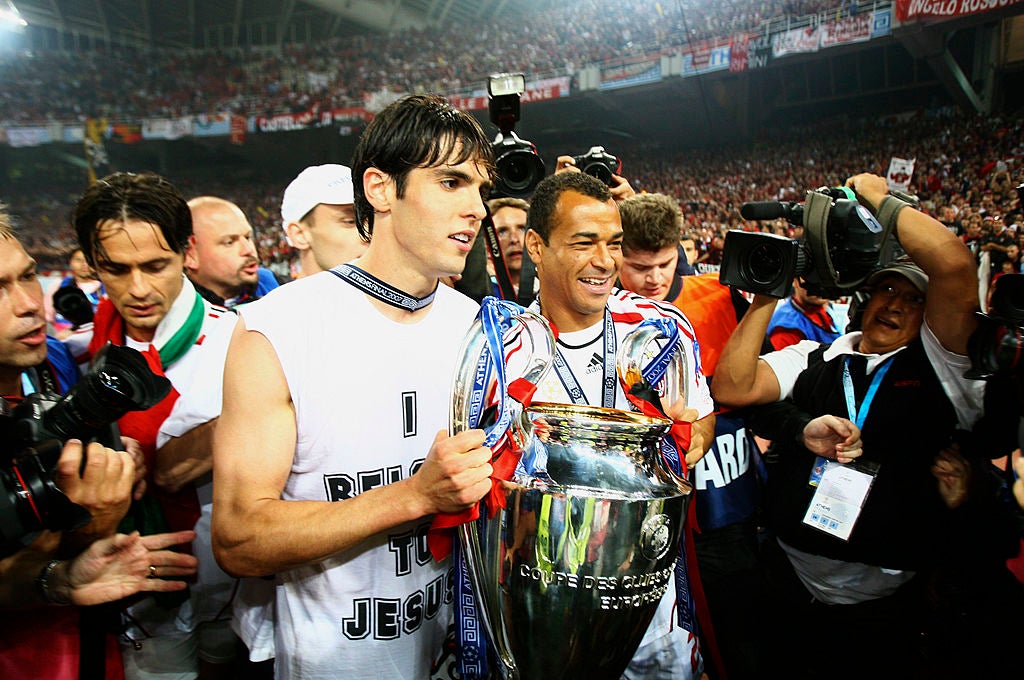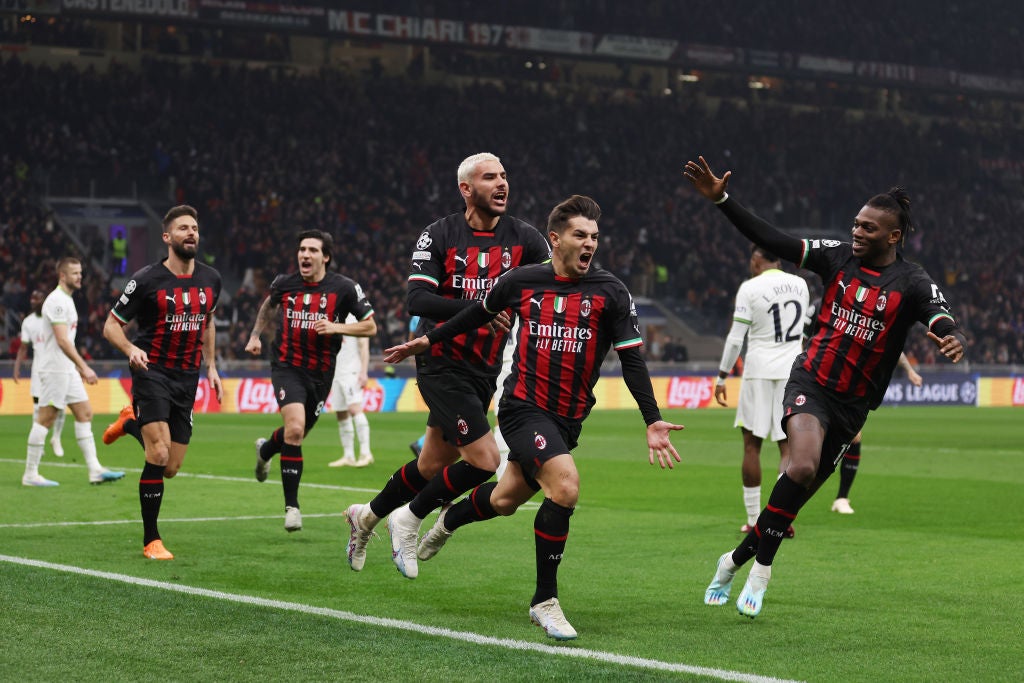
The European Cup is approaching its 70th birthday and only one city has produced two clubs who have won it. Not Madrid or Manchester or London. Definitely not Rome or Paris or Berlin, each still awaiting its first, but Milan. Two of the first four winners were AC Milan and Inter. They were two of the four between 2007 and 2010, too.
Since then, nothing. As recently as 2015-16, neither was even in Europe. Now they are in the Champions League’s last four, albeit with the caveat that there is a chance neither even finishes in Serie A’s top four. A glamour game this week also has the feel of a throwback fixture. It is the 236th derby di Milano. Four of the previous 235 were in the Champions League: two in the 2005 quarter-finals, two in the 2003 semi-finals.
Then Milan were a team with imperial grandeur, with a kind of elegant, aristocratic superiority that meant they didn’t need to run that match. Now manager Stefano Pioli has described Milan as “a project... to invest in young, talented players”. Then it was the natural home of the rich and famous, now Pioli has the youngest team in Serie A.
Rewind 20 years and Milan had a relatively young manager, in Carlo Ancelotti, and a side featuring two of his old teammates: at 37, Alessandro Costacurta spent his time pottering about on the halfway line at right-back, as though unaware of the concept of the attacking full-back. He won his fourth Champions League in the final at Old Trafford and got a fifth in 2007, at 41. Paolo Maldini went on to 41, too, having first won the European Cup in the 1980s, playing for Milan for 24 years.
There is a forty-something now, but he has a watching brief: Zlatan Ibrahimovic was not registered for the Champions League for the knockout stages. And if he recovered from injury quicker than Milan expected, that omission nevertheless displayed their lack of confidence in their ability to progress beyond the last 16.
Ibrahimovic is closer to Maldini and even Costacurta in age than to many of his colleagues. In profile, too: Milan evolved in the 2000s into the natural destination for the big names. At the San Siro, Ancelotti first showed his skill at managing and massaging egos, and not merely owner Silvio Berlusconi’s. The president invariably wanted him to select two strikers; one, Andriy Shevchenko, scored the winning penalty in the 2003 final; another, Hernan Crespo, an oft-forgotten double in the 2005 final defeat; and a third, Filippo Inzaghi, a match-winning double in the 2007 final; his younger brother, current Inter manager Simone, may recall it.
The problem in following Berlusconi’s orders was that Milan, with a surfeit of talent, also tended to be well-stocked with No 10s: Rivaldo spent some of the 2002-03 season on the bench, Ronaldinho later spent three seasons at the San Siro, and Kaka won a Ballon d’Or there. Ancelotti had so many playmakers a midfield could include three of four, with Andrea Pirlo anchoring, Clarence Seedorf adding to his collection of Champions Leagues, and Rui Costa providing languid elegance. It was an exaggeration to say the workhorse Gennaro Gattuso had to do the running of four men but he was surrounded by artists.


If it was a far cry from the hard-pressing style Arrigo Sacchi had introduced in the late 1980s, the ethos is very different from the modern Milan. The supersized budget is gone. If the greats used to gravitate to Milan, now the search is on for the up-and-coming. Smart scouting involves value for money. The term Galactico was invoked to describe Real Madrid’s stars but, for years, felt equally applicable to Milan’s. Not now.
Pierre Kalulu cost €480,000 and has made the second most appearances for them this season. Ismael Bennacer came from relegated Empoli and struck against Napoli in the quarter-finals. Olivier Giroud may be a World Cup winner and a France great but he was picked up for a bargain €1m and was the other scorer against Napoli. Brahim Diaz, borrowed from Real for three seasons, delivered the winner against Tottenham in the last 16. The relatively low-profile Junior Messias, Alexis Saelemaekers, Rade Krunic and Tommaso Pobega help sum up the new Milan. Davide Calabria may follow in the footsteps of Maldini and Franco Baresi by captaining European Cup-winning teams, but he is less celebrated.

Charles de Ketelaere is a rare failure in the transfer market but Mike Maignan and Rafael Leao represent coups, match-winners at either end of the pitch. Yet it is notable that even De Ketelaere, the most expensive player in this squad, cost less than Rui Costa did in 2001. The side that started the second leg against Napoli cost around €140m: much less than the combined fees paid for Rui Costa, Inzaghi, Seedorf, Shevchenko and Alessandro Nesta, without even accounting for inflation over the last two decades.
If Leao, an injury doubt, does not start on Wednesday, the team of 2023 could be cheaper still. Even if he does, there is far less stardust than in the past. It is AC Milan, but not how we used to know them. But astute business has offered a road back from obscurity. They may prove the least talented, least garlanded Milan team to reach a Champions League final. But the key element is that they may reach a Champions League final.







